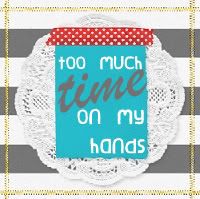 Christmas is coming and a common concern for parents of young kids is toy safety. Babies and toddlers tend to put toys in their mouths, making it a lot more dangerous. See below a few points, from the National Geographic "Green Guide", to be considered before your next trip to a toy store.
Christmas is coming and a common concern for parents of young kids is toy safety. Babies and toddlers tend to put toys in their mouths, making it a lot more dangerous. See below a few points, from the National Geographic "Green Guide", to be considered before your next trip to a toy store.The worst plastic used in children's toys, including teethers, is polyvinyl chloride, or PVC. Considered "hormone disruptors" and linked with asthma and respiratory problems, phthalates can migrate out of toys and onto the hands (and into the mouths) of children. Fortunately, many companies are removing phthalates, and several states, including California and Maine, are initiating legislation that would ban the sale of any children's products containing problem chemicals.
Lead has also been found frequently in toys, including Barbie dolls, Fisher-Price locomotives and Thomas the Tank Engines, and have been recalled due to violations of lead paint standards. Lead is also found in the paint of some old wood and metal toys, especially in imports. Lead is associated with a host of learning disabilities and behavior disorders, and even low exposures can carry lifelong effects.
Look for plastics made without PVC. It's usually identifiable by the number 3, often with the letters "PVC" or the word "vinyl" next to the recycling symbol. You can also use the "smell test"; plastics made with vinyl usually have a plasticky smell, similar to that of a new shower curtain. If you aren't sure whether a product contains PVC or PVC parts, call the manufacturer.














No comments:
Post a Comment